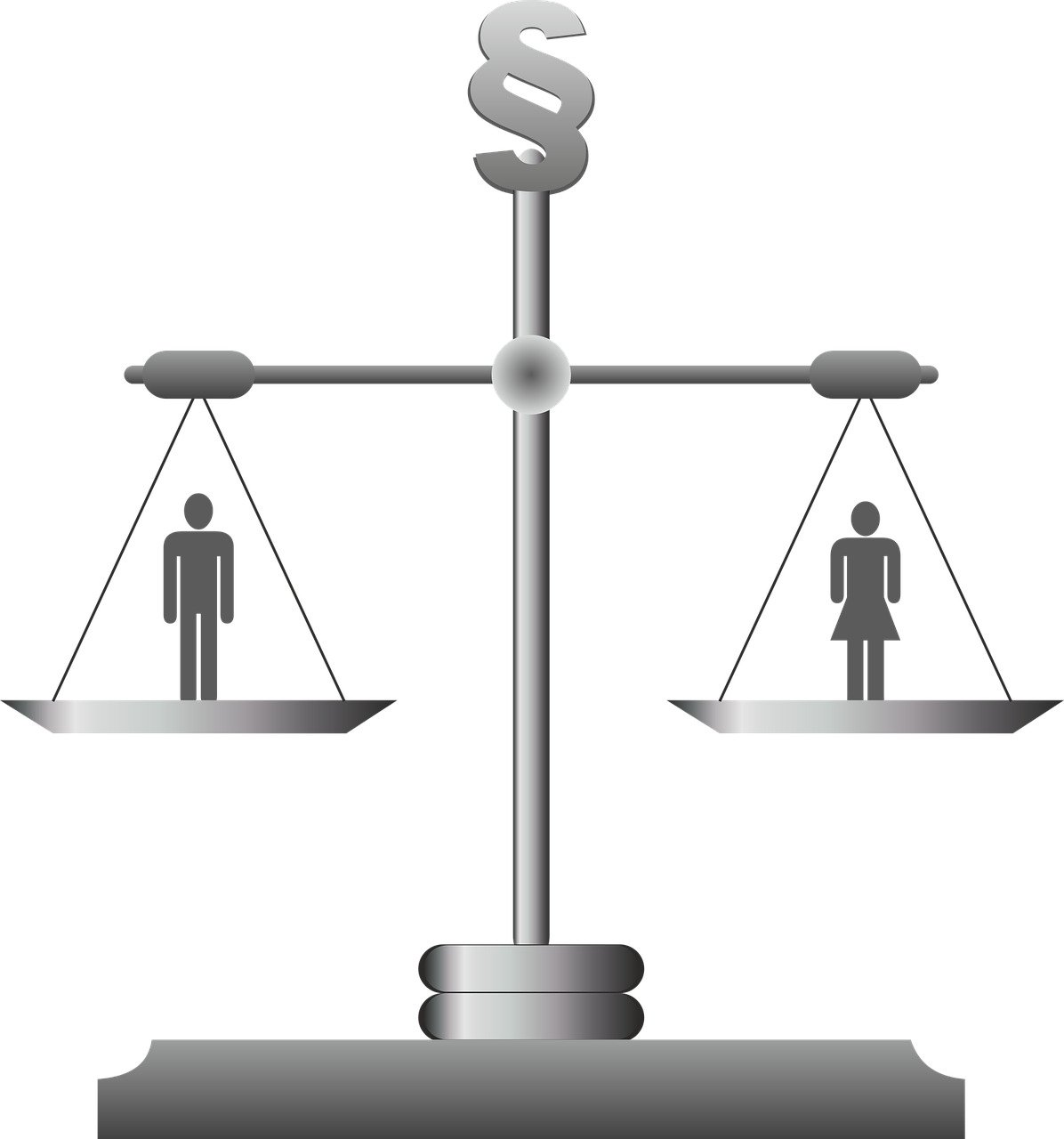In today’s dynamic business world, the concept of “junjufemale” has emerged as a powerful symbol of female leadership. This term embodies the collective rise of women in leadership roles across various industries, promoting not only gender equality but also enhancing organizational performance. This article delves into the significance of “junjufemale” leadership, the barriers women face, real-life success stories, and actionable strategies organizations can adopt to foster a more inclusive workplace.
Understanding the Concept of Junjufemale Leadership
What is “Junjufemale”?
“Junjufemale” represents the growing presence of women in leadership positions globally. It highlights the broader movement toward empowering women in decision-making roles. This shift is essential in a world where historically, leadership has been male-dominated. “Junjufemale” captures the essence of inclusivity and gender diversity, signaling a new era of leadership that values different perspectives and experiences.
Barriers to Female Leadership
Despite the progress, women still encounter significant challenges in achieving leadership roles. These barriers can be both systemic and cultural:
Stereotypes and Bias
Societal stereotypes often dictate that leadership qualities are inherently masculine. Women frequently face biases that undermine their capabilities.
Work-Life Balance
Many women juggle career aspirations with family responsibilities, which can hinder their advancement in competitive environments.
Limited Networking Opportunities
Women often have fewer opportunities to network in male-dominated industries, which can restrict access to mentorship and sponsorship.
Lack of Representation
The absence of female role models in leadership can discourage aspiring leaders from pursuing such paths.
Understanding these barriers is crucial for organizations aiming to create an equitable environment.
Real-Life Success Stories of Junjufemale Leadership
Highlighting successful female leaders provides inspiration and showcases what’s possible when women are empowered
Here are a few examples:
- Mary Barra: As the CEO of General Motors, Barra has transformed the company into a leader in electric vehicles. Her focus on innovation and diversity has positioned GM for future success.
- Indra Nooyi: The former CEO of PepsiCo, Nooyi, is celebrated for her strategic vision and commitment to sustainability. Under her leadership, PepsiCo embraced healthier product lines, reflecting changing consumer preferences.
- Sheryl Sandberg: As the former COO of Facebook, Sandberg championed gender equality in the workplace through her book “Lean In.” Her advocacy has inspired countless women to pursue leadership roles.
These leaders exemplify the “junjufemale” spirit and demonstrate the impact of female leadership on organizational success.
Strategies for Organizations to Promote Gender Equality
To cultivate a culture that supports “junjufemale” leadership, organizations can implement several strategies:
Create Mentorship Programs
Establishing mentorship initiatives connects aspiring female leaders with experienced mentors, fostering professional growth and development.
Promote Work-Life Balance
Implementing flexible work policies can help women manage their responsibilities more effectively, making it easier for them to pursue leadership roles.
Conduct Bias Training
Providing training on unconscious bias can help mitigate stereotypes and promote a more inclusive workplace culture.
Encourage Diverse Hiring Practices
Actively seeking to hire women for leadership positions can help balance representation at all levels of the organization.
Celebrate Female Achievements
Recognizing and celebrating the contributions of women in the workplace can boost morale and encourage others to aspire to leadership roles.
Impact of Gender Diversity on Company Culture
Embracing “junjufemale” leadership has far-reaching implications for company culture and performance:
Enhanced Innovation
Diverse teams are more likely to generate innovative solutions, as they draw from a wider range of perspectives.
Improved Employee Satisfaction
A more inclusive environment fosters higher employee engagement and satisfaction, leading to lower turnover rates.
Better Decision-Making
Gender-diverse leadership teams bring varied viewpoints, resulting in more comprehensive decision-making processes.
Broader Market Understanding
Companies with female leaders can better understand and meet the needs of female consumers, opening up new market opportunities.
Future Trends in Female Leadership
The movement toward “junjufemale” leadership is only gaining momentum. Several trends are shaping the future of female leadership:
Increased Focus on Diversity and Inclusion
Companies are recognizing that diversity is not just a moral imperative but also a business advantage.
Women in STEM
As industries like technology and engineering continue to grow, initiatives aimed at encouraging women to pursue careers in STEM fields are becoming increasingly important.
Rising Female Entrepreneurs
The number of female entrepreneurs is on the rise, with women starting businesses at higher rates than ever before. This shift is creating new opportunities for women in leadership.
Social Movements
Advocacy groups are increasingly calling for gender equality in leadership, putting pressure on organizations to change their practices.
Conclusion
The “junjufemale” movement represents a vital shift toward gender equality in leadership. By understanding the challenges women face and implementing effective strategies, organizations can create a more inclusive environment that supports female leaders. The stories of successful women and the positive impacts of gender diversity serve as a powerful reminder of the importance of empowering women in leadership roles. Embracing this change is not just beneficial for women; it’s essential for the success and sustainability of organizations in today’s dynamic world.
